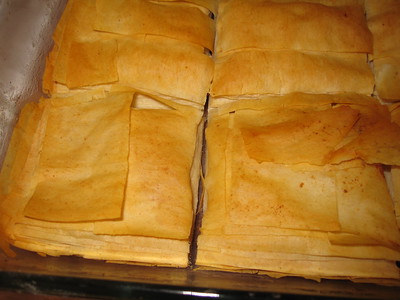Luckily, it was possible to watch these from the UK and indeed she was right, there were useful tips and interesting ideas. So I clicked on the link to get the recipes. I had to wait a couple of days for these to be published, but I got them.
And bang on St Lucia's Day, I baked. And things did not work out at all.
I don't know if something was missing in the recipe or it was plain wrong, but what was on the TV clips was not what I had in the bowl of the kitchen machine. Very far from it. There were early indications of course, but I'd decided to stick to the recipe as closely as possible, so I did.
What was interesting here is that it incorporated methods used for panettone and brioche. Namely an additional pre-ferment and incorporating the butter at the end, rather than melting it. Allegedly this will make the buns more moist and that's true.
It was also recommended that the raisins are soaked in water for several hours and I think this is a really good advice not only for raisins but for dried fruit in general. The idea being that they won't soak up too much of the liquid in the dough and thus make it dry out.
The final tip was to brush with egg immediately after baking rather than before. The buns would be hot enough to cook the thin layer of egg wash, and the end result would be a more even gloss all over - if brushing before baking, the parts that expand in the oven spring will not be covered and the resulting buns have patches which are not glossy.
However, the pre-ferment was equal parts in weight milk and flour, so it was fairly gloopy and didn't appear to rise or bubble up or anything. Yet the amount of yeast was pretty high in comparison to bread dough. The sugar was added at this point as well as the saffron. The sugar may have prevented the yeast developing perhaps, I don't know. The saffron certainly didn't release any flavour or colour.
Then I added a further part of flour and ended up with a dough so stiff that the machine couldn't work it and I had to continue manually. That turned out to be very difficult too. I even divided the dough in two parts, but it was still near impossible to knead. So I added the butter, knowing full well that once the fat is in, gluten development will become extremely difficult.
I ended up kneading for about 30 more minutes, without any significant change to the dough. So I divided it up into 50 g pieces and shaped into the traditional S-shape of a lussekatt. I got 37 pieces and a small lump left over. I let them rise for 2 h 15 min, they didn't puff up as much as I expected. In the mean time I toyed with the left over lump of dough to see if I could get some gluten into it. And yes, after kneading it for almost an hour it was where I would have liked the overall dough to have been. Bah!
The instructions said to bake on high oven for a short time - like 5 to 8 minutes - and in fact on the TV clip they came out without any browning on top. They used a hot air oven, so baked at 210 degrees. I adjusted for a regular oven to 230 and of course my lussekatt buns came out browned, but didn't really give the impression of being baked through.
The first two trays I brushed with egg wash after baking and although it seemed to work OK-ish, I went back to tradition on the last tray and brushed before baking. In comparison, the ones brushed before seemed glossier, but had of course patches where they'd expanded in the oven. So perhaps it would be better to adopt a technique similar to the one for painted bread - brush with egg wash after bake, then bake for a few minutes in the oven again on a low heat to get the egg wash cooked through.
And so I ended up with 37 white buns, note quite baked through. Believe me, I was sorely tempted to throw away the dough, as I was struggling to knead it. Thus I'm massively disappointed with this recipe and will not be posting it here.
I looked at my original recipe and I see that it uses a little more milk and a lot more sugar. Discussing the failed bake with my Mum, she agreed that most recipes for lussekatt aren't sweet enough and she regularly doubles the sugar content.
But I will try to tweak the original recipe and incorporate the butter at the end like for a brioche. And the soaking of the raisins is definitely a good idea.







